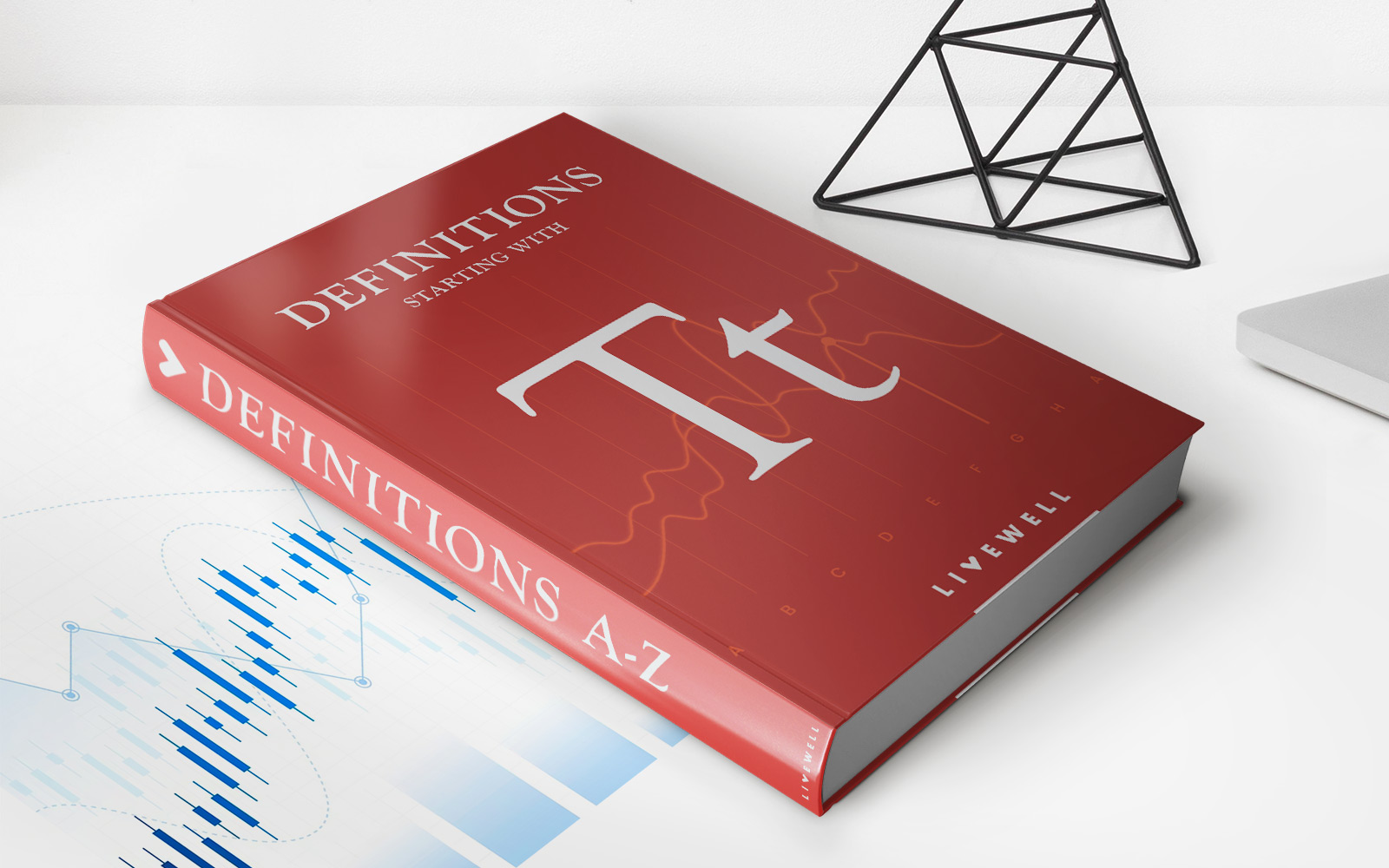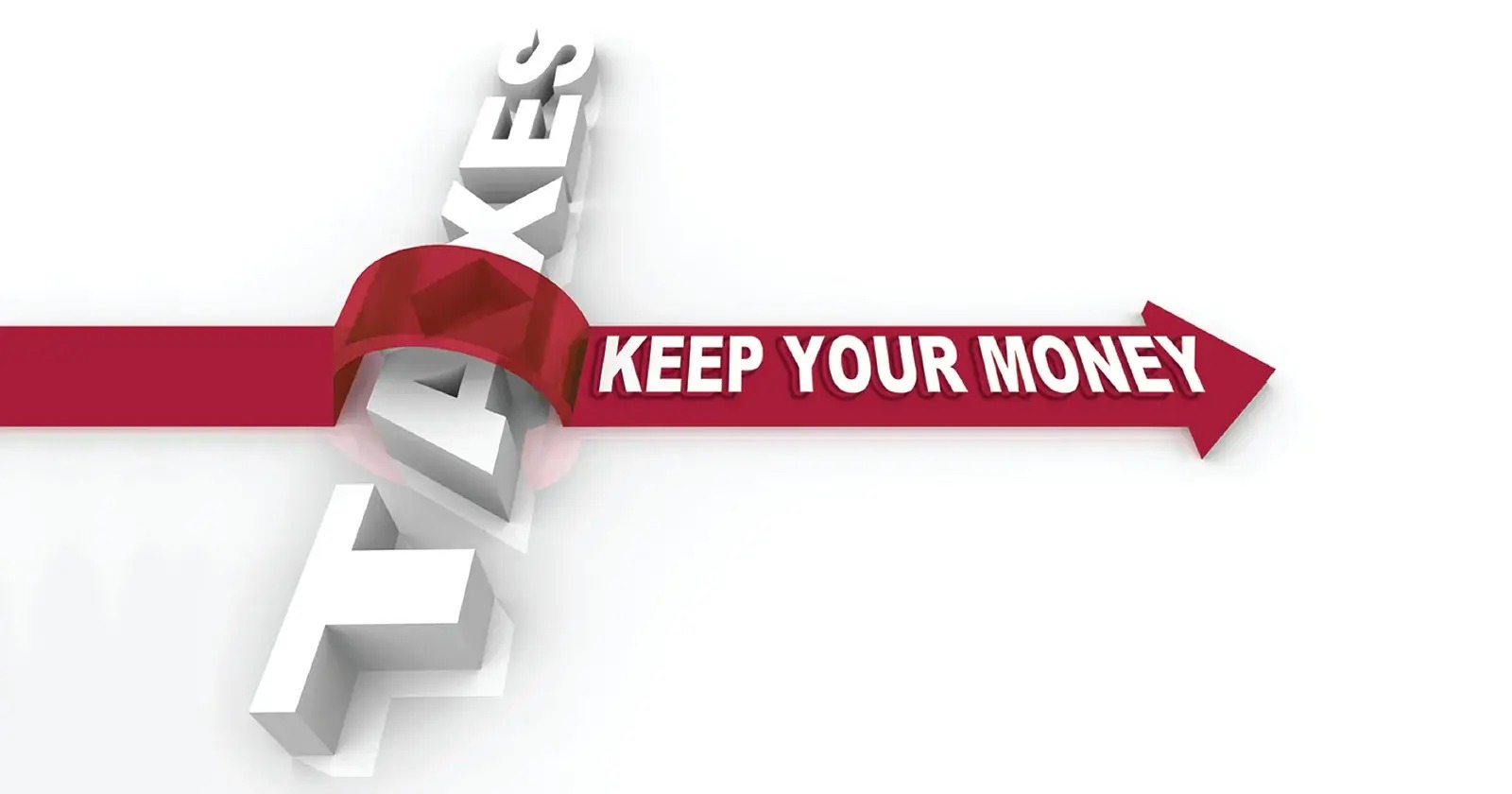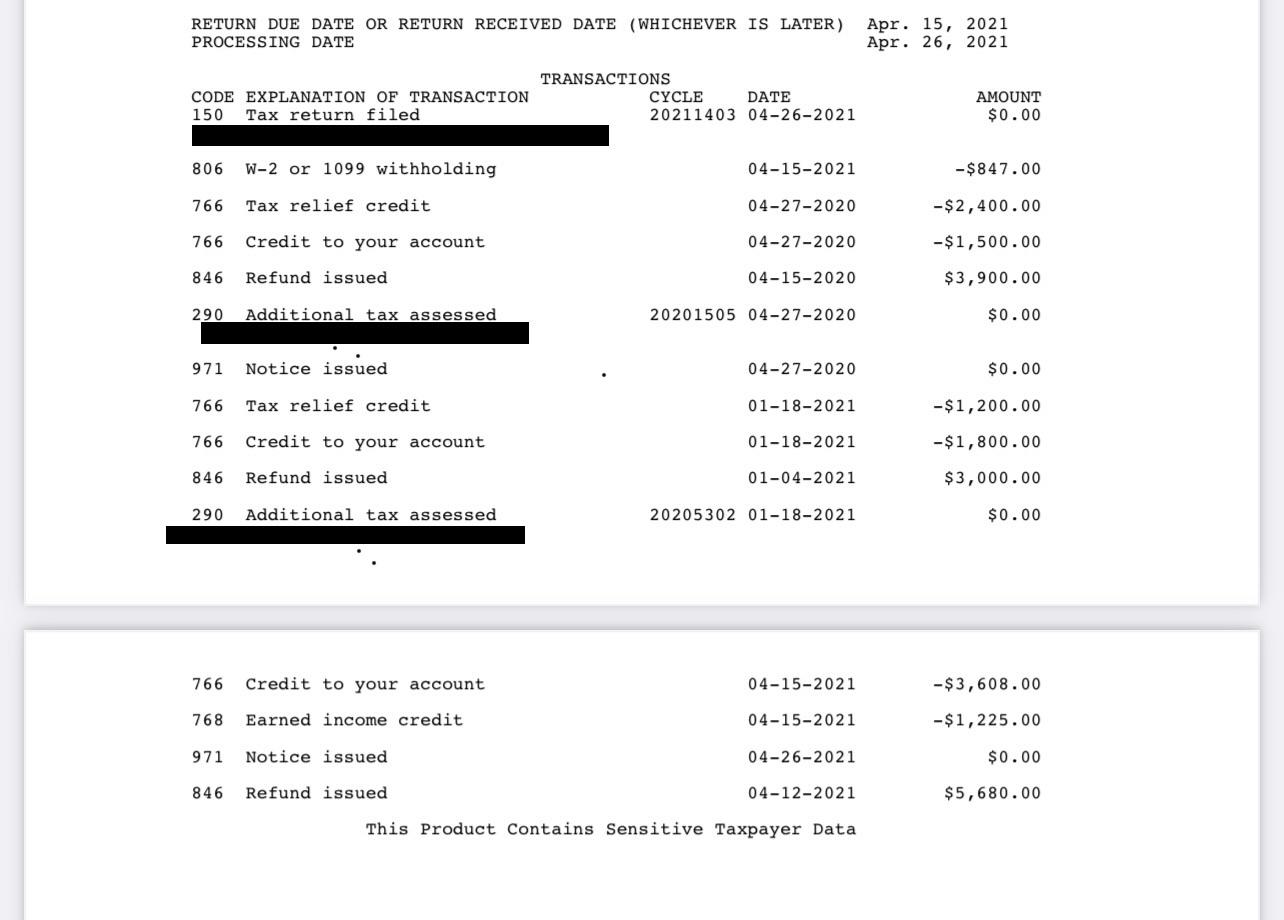

Finance
Tax Drag Definition
Published: February 6, 2024
Learn the definition of tax drag and how it affects your finances. Understand tax implications and optimize your strategy for financial success.
(Many of the links in this article redirect to a specific reviewed product. Your purchase of these products through affiliate links helps to generate commission for LiveWell, at no extra cost. Learn more)
A Beginner’s Guide to Understanding Tax Drag Definition
Welcome to our Finance blog! Today, we dive into the world of taxes and explore the concept of tax drag. Have you ever wondered why your investment returns may not be as high as you expected? Tax drag might just be the culprit. In this blog post, we will break down the tax drag definition, its impact on your investments, and how to optimize your investment strategy to minimize its effects.
Key Takeaways:
- Tax drag refers to the loss in investment returns due to taxes.
- Understanding tax-efficient investment strategies can help minimize tax drag and maximize after-tax returns.
What is Tax Drag?
Tax drag, simply put, is the reduction in investment returns caused by taxes. When you invest in certain assets, such as stocks or mutual funds, you may incur taxes on the capital gains, dividends, or interest earned. These tax liabilities can erode your overall investment returns, potentially impacting your long-term financial goals.
Let’s dive deeper into tax drag and understand its impact on your investment performance:
- Taxation on dividends: When you invest in stocks or mutual funds that pay dividends, those dividends are generally subject to taxation. The taxes on dividends reduce the total return you receive from your investments.
- Taxation on capital gains: When you sell an investment that has appreciated in value, you may be liable to pay taxes on the capital gains. These taxes can eat into your profits and reduce your overall investment returns.
- Taxation on interest: If you invest in fixed-income securities like bonds or savings accounts, the interest you earn is usually subject to taxation, further reducing your returns.
It’s important to note that the impact of tax drag varies based on factors such as your tax bracket, investment duration, and the type of investment account you hold (such as taxable or tax-advantaged accounts).
Minimizing Tax Drag:
While taxes are unavoidable, there are several strategies you can utilize to optimize your investment approach and minimize tax drag. Consider the following tips:
- Utilize tax-efficient investments: Look for investment vehicles that are designed to be tax-efficient, such as index funds or ETFs (exchange-traded funds). These investments typically have low turnover, which can help reduce capital gains taxes.
- Utilize tax-advantaged accounts: Take advantage of tax-advantaged accounts like Individual Retirement Accounts (IRAs) or 401(k)s. Contributions to these accounts may be tax-deductible or grow tax-free, allowing your investments to compound without the drag of annual taxes.
- Consider tax-loss harvesting: Tax-loss harvesting involves selling investments that have incurred losses to offset taxable gains. This strategy can help reduce your overall tax liability and mitigate tax drag.
- Strategize asset location: Allocate your investments strategically across taxable and tax-advantaged accounts to minimize taxes. High-growth assets may be more tax-efficient in tax-advantaged accounts, while income-generating assets may be more suitable for taxable accounts.
By implementing these strategies and working with a knowledgeable financial advisor or tax professional, you can significantly reduce tax drag and potentially enhance your after-tax investment returns.
Final Thoughts
Taxes are an integral part of investing, and understanding tax drag is essential for optimizing your investment returns. By minimizing the impact of taxes through tax-efficient investments, tax-advantaged accounts, and smart asset location, you can work towards achieving your financial goals more effectively.
Remember, every investor’s situation is unique, so consult with a professional to determine the best strategies for your specific needs. We hope this guide has shed light on the concept of tax drag and empowered you to make informed investment choices.














